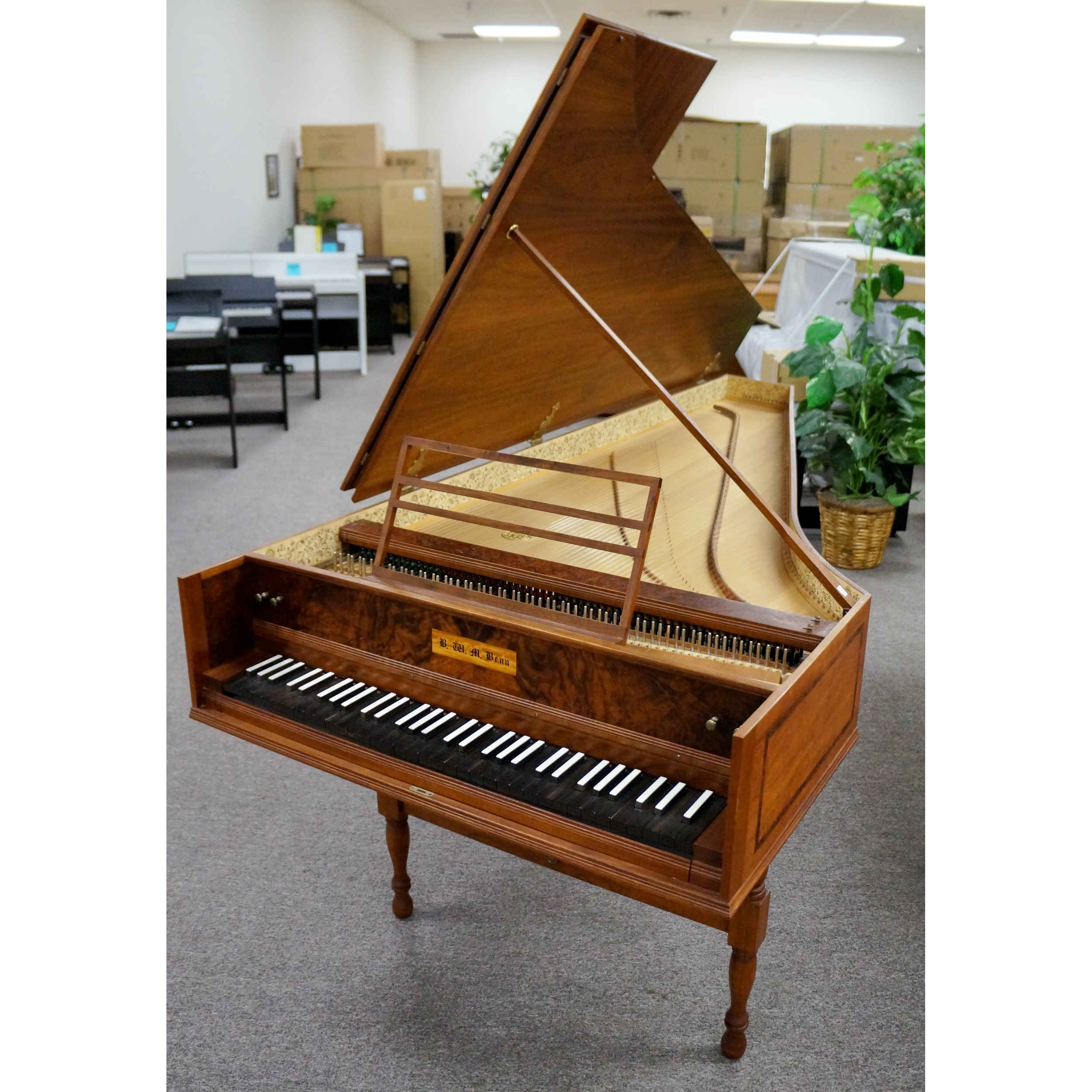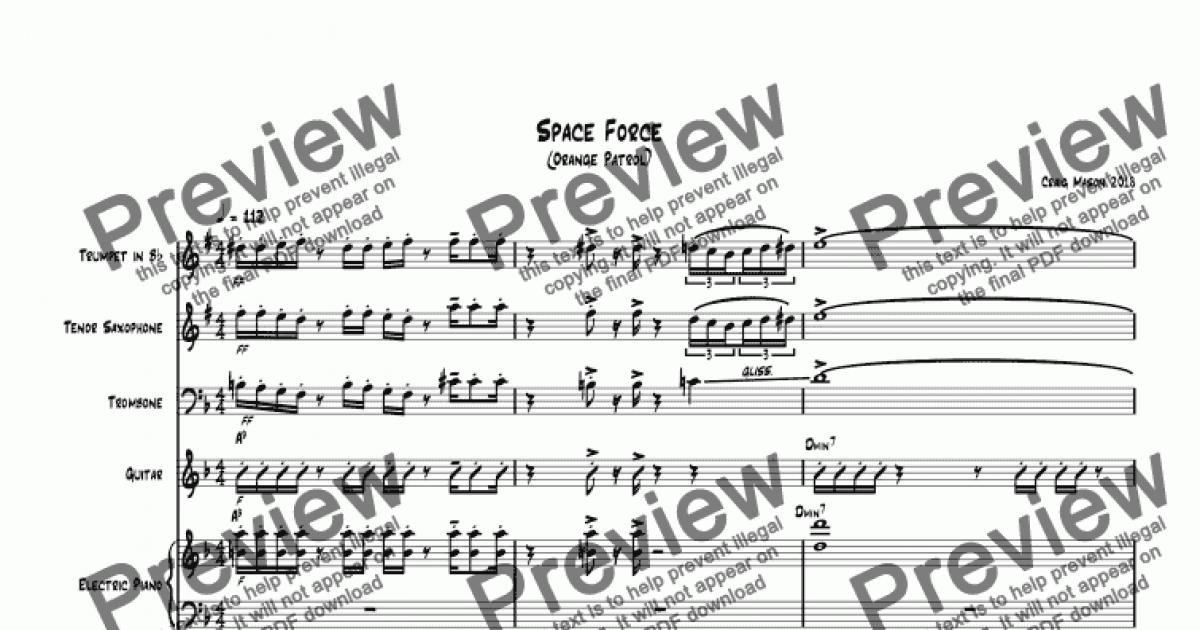

1 (Bach) Concerto pour clavecin n° 1 Concierto para clavecín en re menor, BWV 1052Ĭoncert per a clavecí en re menor de Bach Concert per a clavecí num. The above-listed differences must be noted if you are going to a piano and Harpsichord.Concertos For harpsichord, strings, continuo Scores featuring the harpsichord Scores featuring string ensemble Scores with basso continuo For strings with soloists and continuo For 2 recorders, strings (arr) Scores featuring the recorder (arr) Scores featuring string ensemble (arr) For strings with soloists (arr) For 2 recorders, 2 violins, viola, cello (arr) Scores featuring the violin (arr) Scores featuring the viola (arr) Scores featuring the cello (arr) For 6 players (arr) For organ, orchestra (arr) Scores featuring the organ (arr) Scores featuring the orchestra (arr) For orchestra with soloists (arr) For 2 pianos (arr) Scores featuring the piano (arr) For 2 players (arr) For piano 4 hands (arr) Scores featuring the piano 4 hands (arr) For piano (arr) For 1 player (arr) For viola, orchestra (arr)Īrranged from the lost Violin Concerto in D minor, BWV 1052RĬoncert per a clavecí núm. Harpsichord and Piano produce strikingly different sound and are used to produce different music. Though both the musical instruments look similar, they differ in the way they produce sound and the tuning of keys. This is one of the major differences in Piano vs Harpsichord. A Piano is an advanced version of the Harpsichord in this regard since its strings take much longer to get loose and have a higher tension. The strings of the Harpsichord have a very weak tension, so much so that the performers have to tune the Harpsichord themselves before every performance because the strings become loose quite often. It has a total of 88 keys on a single keyboard. A Piano, on the other hand, comes in with a single keyboard, with its sound ranging to a little more than 7 octaves. The sound range of these keys is from 4 to 6 octaves. They come in with the single keyboard, double keyboards and even with triple keyboards. There are a variety of models of Harpsichords. Piano, on the other hand, tries to eliminate the harmonic sound. has a double frequency of the fundamental pitch. Also, the sound produced by the Harpsichord is much more harmonic i.e. This sound is produced when the jack falls under its weight and then rises up back again. When you play a tune on the Harpsichord, you can hear a sound similar to air-slashing. A long hard press on a piano gives a different sound whereas if you make a light and a small press, then you will hear a completely different sound. So even if you press the key hard or light, it is still going to produce the same sound. The Technique of Performanceīecause of its definite structure, the Harpsichord cannot make different sounds on the basis of strength. This is much more similar to a guitar whose strings are plucked with a pick to produce a sound. It produces sound by plucking the strings with a plectrum and hence vibrating them. While a piano works by striking strings against a hammer and vibrating them, the Harpsichord, on the other hand, works quite differently. The major difference between Harpsichord vs Piano is in the way they produce the sound. Here we have brought up some of the differences about Harpsichord vs Piano which should make it much clearer as to how Harpsichord is different from a Piano.

But in actuality, this instrument is quite different from the Piano in the way it is set up, used and the sound that it produces. The ones who are unaware of it might even consider it a piano only, given the similarity. The instrument looks eerily similar to a piano. It was one of the most popular musical instruments since the 1600’s across Europe as it was played in many courts. A Harpsichord is the English name of a popular German music instrument known as the Cembalo.


 0 kommentar(er)
0 kommentar(er)
